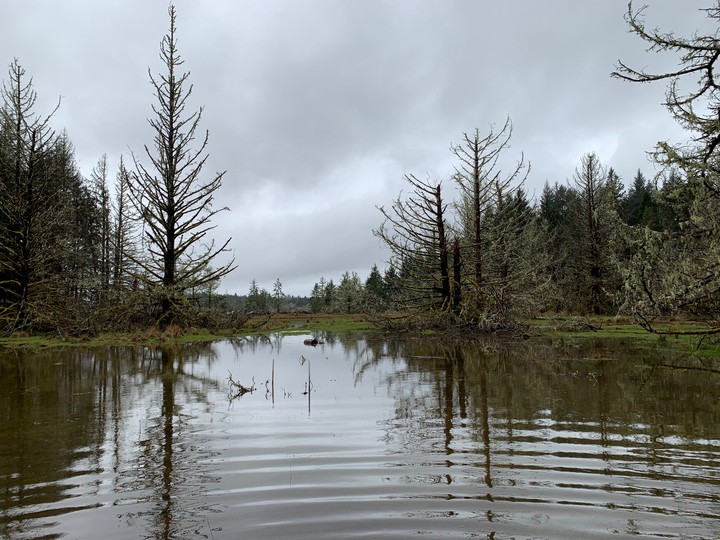Changes in carbon and nitrogen metabolism during seawater-induced mortality of Picea sitchensis trees

Abstract
Increasing seawater exposure is causing mortality of coastal forests, yet the physiological response associated with seawater-induced tree mortality, particularly in non-halophytes, is poorly understood. We investigated the shifts in carbon and nitrogen metabolism of mature Sitka-spruce trees that were dying after an ecosystem-scale manipulation of tidal seawater exposure. Soil porewater salinity and foliar ion concentrations increased after seawater exposure and were strongly correlated with the percentage of live foliated crown (PLFC; e.g., crown ‘greenness’, a measure of progression to death). Co-occurring with decreasing PLFC was decreasing photosynthetic capacity, N-investment into photosynthesis, N-resorption efficiency, and non-structural carbohydrate (NSC, soluble sugars and starch) concentrations, with the starch reserves depleted to near zero when PLFC dropped below 5%. Combined with declining PLFC, these changes subsequently decreased total carbon gain and thus exacerbated the carbon starvation process. This study suggests that an impairment in carbon and N metabolism during the mortality process after seawater exposure is associated with the process of carbon starvation, and provides critical knowledge necessary to predict sea-level rise impacts on coastal forests.